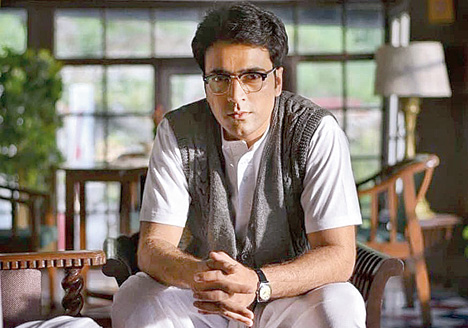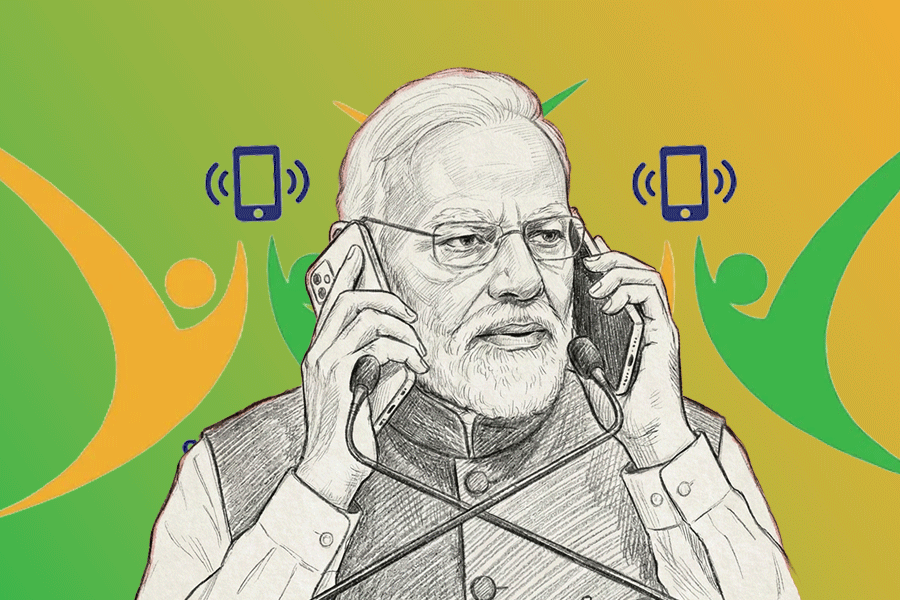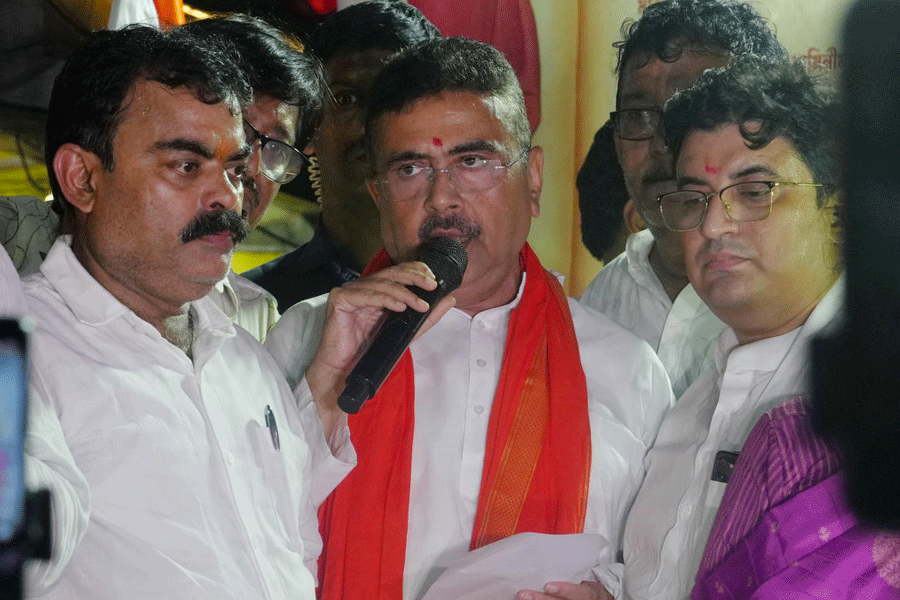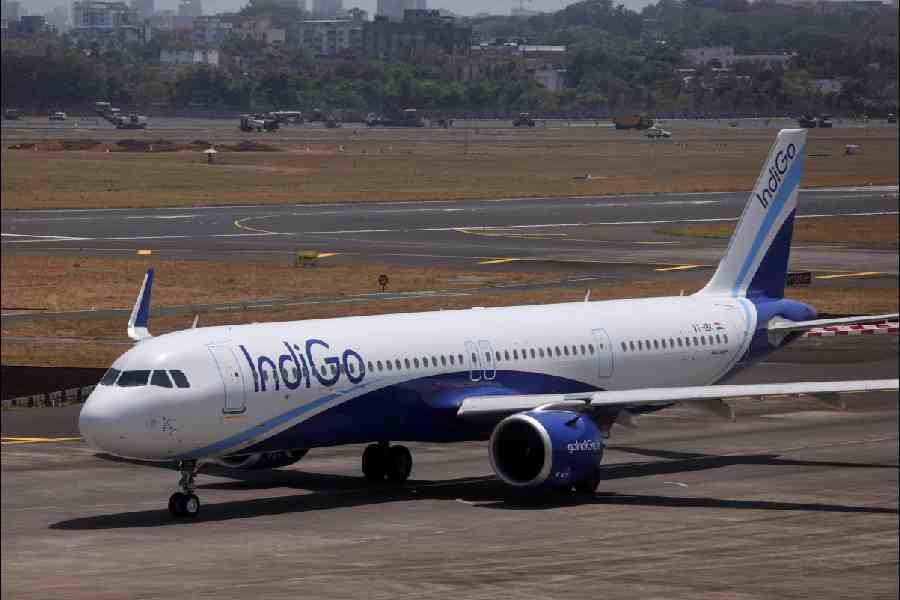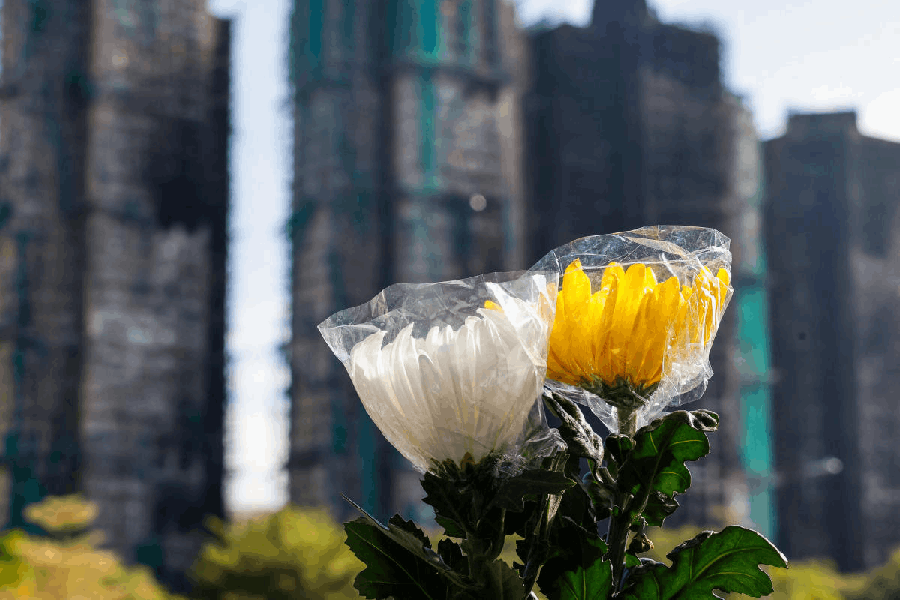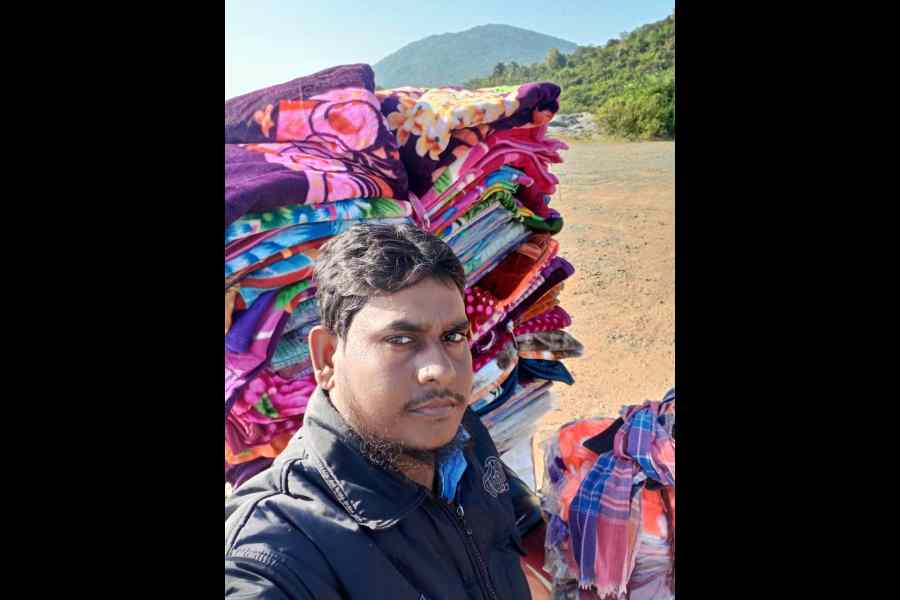
Shot in the serene locales of Mussoorie, Byomkesh Gowtro, directed by Arindam Sil, is set in 1952 — a time still wrapped in a colonial hangover. t2 chatted with Arindam about the Puja release — starring Abir Chatterjee as Byomkesh, Sohini Sarkar as Satyabati, Rahul Banerjee as Ajit, along with Anjan Dutt, Sauraseni Maitra, Arjun Chakrabarty and Priyanka Sarkar — and the looks of the key characters.
Why did you set the story in Mussoorie?
The original story, Rakter Daag by Sharadindu Bandyopadhyay, is based in Calcutta. We chose Mussoorie because my previous Byomkesh movies had the feel of a travelogue. The first one (Har Har Byomkesh) was set in Benaras, while the second (Byomkesh Pawrbo) was in north Bengal. To shoot in present-day Calcutta and portray it as 1952 would’ve been difficult. My way of shooting is larger-than-life and by going out on the streets. I was chatting with a brigadier friend of mine and asked him where I could shoot in India... a place that has cobbled roads. He suggested Landour in Mussoorie. I loved the place and the locations I had in my mind came out well. We wrote the script after we saw the locations.
What was the best part of shooting in Mussoorie?
The visuals. There are elements of sexuality and perversion in the story. It’s a dark, complex story. When we went to Mussoorie and saw the cobbled roads and the British-era restaurants, I loved it. Even the houses that we shot in, including the interior shots, have been done in Mussoorie. We didn’t do any ‘cheat shots’ in Calcutta. Yes, we could’ve used a green chroma screen but we would never have got that natural feel. The interiors have been shot beautifully by our cinematographer Subhankar Bhar. We shot for 18 days but my team and I stayed for almost a month in Mussoorie.


The film has an ensemble cast. There must have been a lot of adda sessions post-shoot...
The football World Cup was going on at that time. My room used to turn into a theatre with front and rear stalls and balcony (laughs)! Arjun had a set chair and would only sit there during a game. He wouldn’t let anyone sit there lest his team Germany lost. We lived like a family and we stayed together for the film. Right from the technicians to the actors, everyone was extremely involved.
I’m not bothered by how many other movies are releasing this Puja. The audience matters to us and it’s for them that we make our cinema.
What was a typical day of shoot like?
I generally never shoot for more than 12 to 14 hours a day. Only one day, we had to shoot all night and then again in the morning. Otherwise, we used to shoot comfortably. The hilly locations we were shooting in had a lot ascent and descent, so people used to get tired too.


How much liberty can a director take while changing the locations or the look of characters of an already famous novel?
The main part of the novel remains the same. A lot of the characters in the novel are only there in one page! I’m making a movie, I need to develop the characters by giving them a past and a present story angle. I take those liberties and I don’t think I’ve done a bad job so far. Having said that, I feel this is my best-looking Byomkesh. Abir will get mobbed on the streets after this... in any case his fan base is increasing by the day! He’s looking very handsome in this film.
See, a Byomkesh film is releasing during Puja. The look of the film is very important. Also, the film shows the post-Partition era, so I’ve brought in the refugee angle that’s not there in the Sharadindu novel.

Would the crew go out sight-seeing in Mussoorie?
We used to go to the Landour Bakehouse, a British-era place, and have a lot of adda. We shot in some really serene places. But it used to pain me to see the local youth littering the roads. We shot in the jungle and saw many plastic bottles strewn around. The pollution and the dirtiness in such a beautiful place is sad.
How did you recreate 1952 while shooting the outdoor shots?
It’s easy. The virgin natural beauty was there even in 1952. I realised this after working there. We shot on the roads that are not too concrete, a little kancha. There’s so much greenery a little outside Mussoorie and we have explored those areas. The real Mussoorie used to be like that in 1952.


How was the weather?
It used to rain but nature always supported us. Just before we used to start shooting, it’d stop raining. It had happened during Byomkesh Pawrbo too. Anjanda jokingly said, “Arindam, we should take you to Aparna Sen’s shooting.” Apparently, the day is always sunny but everytime Rinadi (Aparna Sen) starts to shoot, it starts to rain!
What food did you guys enjoy during the shoot?
There used to be different kinds of fish every day! Our cook came with us from Bolpur and he used to cook for the entire unit. The team used to sit together under the clear blue sky of Mussoorie and eat together on one really large table.
Share a fun incident with us that happened on set...
Rahul had become everyone’s target! No one would let him have a cigarette. For him, the entire unit had turned into a school. One day I was shooting in a street corner with Abir and Rahul wasn’t aware we were shooting there. And there we found Rahul hiding behind a big tree smoking and looking at us sheepishly because he had got caught!

